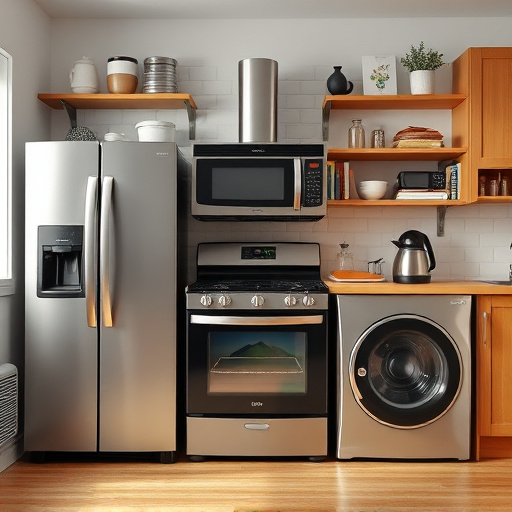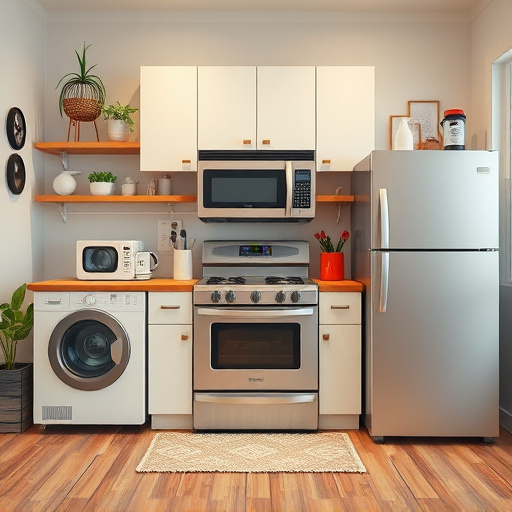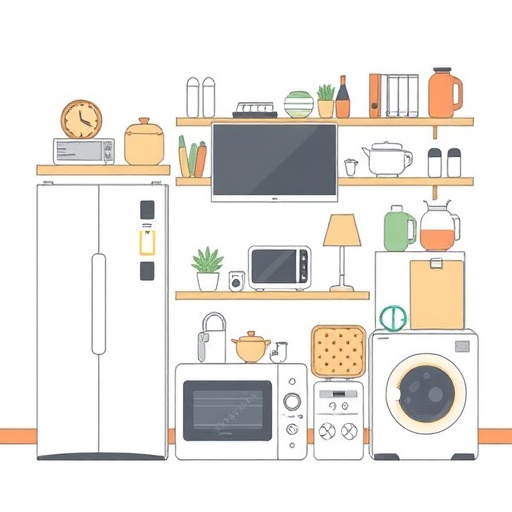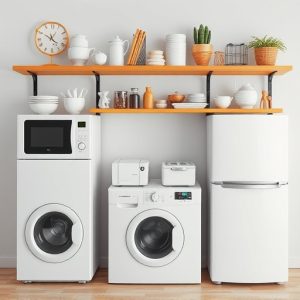Oven heating elements are essential for precise temperature control in baking and roasting, ensuring even cooking. Common issues include element burn-out and dirt buildup, requiring regular maintenance like cleaning and checks. Replacing heating elements improves temperature uniformity, enhancing baking results. Compatibility with specific major appliances is crucial when replacing elements; using incorrect types can lead to inefficient heating or damage. DIY repairs are suitable for minor issues, but complex problems like faulty heating elements need professional assistance due to safety risks and specialized knowledge required.
Oven heating element replacements are essential for achieving accurate baking temperatures, ensuring consistent and delicious results. This guide explores the critical role of these elements in major appliances, their common failures, and the benefits of timely replacement. We’ll navigate identifying suitable replacements, whether DIY or professional repair is best for your oven, and how these choices impact your kitchen’s productivity.
- Understanding Oven Heating Elements: Their Role and Common Failures
- Benefits of Replacing Heating Elements for Consistent Baking Results
- Identifying the Right Replacement: Types and Compatibility
- DIY vs Professional Repair: When to Choose Each Option for Major Appliances
Understanding Oven Heating Elements: Their Role and Common Failures

Oven heating elements play a crucial role in major appliances, ensuring precise temperature control for baking and roasting. These elements are responsible for generating heat within the oven cavity, allowing food to cook evenly. Typically, they consist of resistive coils that heat up when an electric current passes through them. However, over time, these heating elements can experience common failures, leading to inaccurate or inadequate heating.
Some of the most prevalent issues include element burn-out, where the coil becomes damaged or broken, resulting in reduced heat output or complete failure. This often manifests as uneven baking, with certain areas of the oven becoming much hotter or colder than others. Additionally, elements may lose their efficiency due to dirt or debris buildup, which can insulate the coils and hinder heat transfer, impacting overall performance. Regular maintenance, including cleaning and checking for damage, is essential to prevent such failures and ensure your oven functions optimally as a major appliance in your kitchen.
Benefits of Replacing Heating Elements for Consistent Baking Results

When your oven’s heating element starts to fail, it can significantly impact your baking experience. One of the key advantages of replacing these components is achieving consistent and accurate baking temperatures. Over time, old or faulty heating elements may not heat up uniformly, leading to hot spots in your oven that result in unevenly baked goods. This inconsistency can be frustrating for bakers aiming for perfection.
By installing new heating elements, you ensure a uniform heat distribution across the oven cavity. This consistency is vital for successful baking, as it allows ingredients to cook evenly and thoroughly. Whether you’re a home baker or rely on major appliances in a commercial kitchen, accurate temperature control is essential. Replacing heating elements can enhance your baking results, ensuring that every dish turns out just right.
Identifying the Right Replacement: Types and Compatibility

When it comes to replacing an oven heating element, one of the key considerations is ensuring compatibility with your specific major appliances. Not all ovens are created equal, and different models may require unique heating elements tailored to their design and functionality. Identifying the right replacement involves understanding both the physical dimensions and the type of heating element needed.
Today’s modern ovens often use either ceramic or coiled heating elements. Ceramic heaters are known for their even heat distribution and energy efficiency, while coiled elements provide precise temperature control. It’s crucial to match these elements with your oven’s specifications, as using the wrong type can lead to inefficient heating or even damage to your appliance. Checking your owner’s manual or consulting a professional repair service can help you determine the exact replacement required for your major appliances.
DIY vs Professional Repair: When to Choose Each Option for Major Appliances

When it comes to major appliances like ovens, deciding between a DIY repair and professional assistance is an important choice. For minor issues, such as a flickering pilot light or a loose wire, many homeowners opt for a DIY approach. This can be cost-effective and empowering, allowing you to troubleshoot and fix the problem at your convenience. Online resources and tutorials provide step-by-step guidance, making these repairs more accessible.
However, when it comes to complex issues like a faulty heating element in an oven, professional repair is often recommended. Major appliances require specialized knowledge and tools for safe disassembly and reassembly. A professional technician has the expertise to accurately diagnose the problem, ensuring that parts are replaced correctly and efficiently. This is particularly crucial with high-temperature components like heating elements, where incorrect installation can pose safety risks and lead to further damage.
Restoring your oven’s accuracy is as simple as replacing the heating element. By addressing this common issue, you ensure consistent baking results and extend the life of your major appliances. Whether it’s a DIY project or professional repair, understanding your oven’s heating elements empowers you to make informed decisions for optimal kitchen performance.
